[ad_1]
There have been films about the mafia before The Godfather (1972) and there have been films since. But Francis Ford Coppola’s adaptation of Mario Puzo’s 1969 novel isn’t just about the Corleone family in organised crime, it’s about intimacies, hierarchies, the power parents wield, the price of revenge, and the toll that a family business — any business — eventually takes on relationships.
Coppola’s three Godfather films collectively run for more than 8.5 hours. There are few dull moments. The silences are telling; much is revealed in the shadows, and love and violence overlap in shocking ways. Here are some essential scenes to linger over as you watch or rewatch.
.
“I believe in America…”
Coppola opens The Godfather with an ace, a measured but passionate monologue about justice denied to Italian immigrants in America. It’s a plea by an undertaker, Bonasera, to avenge his young daughter, who was raped by two white men who got off with a suspended sentence. It’s only when he’s done talking that the camera pulls away and we see who he was addressing: his longtime employer and mafioso, Vito Corleone.
It’s the perfect establishing shot. You know right away why a crime lord would be called a godfather. Corleone has the power to protect his own. “We are not murderers,” Corleone responds. But of course they are.
.
“I’m gonna make him an offer he can’t refuse”
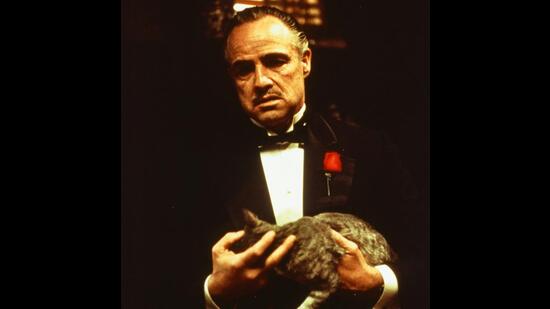
There’s a reason this line features on nearly every list of great movie quotes. It comes at the tail end of a scene in The Godfather where Corleone is listening to his godson, Johnny Fontane, sniffle about wanting and not getting a role in a big-ticket film.
Corleone’s iconic line is an assurance that he’ll sway the producer. And he does, not with greed but with fear. The producer wakes up one morning to find his bed soaked in blood from the severed head of one of his favourite horses, Khartoum.
.
A very bloody baptism

Family is everything in the Corleone universe, and it demands the greatest loyalties. The baptism montage comes towards the end of The Godfather and features Vito’s son Michael stepping forward as godfather to his sister’s child. Outside, he’s also establishing himself as the new godfather of the crime family. Vito Corleone has died. Michael’s idea of a fresh start is to have his rivals simultaneously eliminated in a bloodbath while the baptism gives the immediate family an alibi.
.
The killing of Sonny Corleone
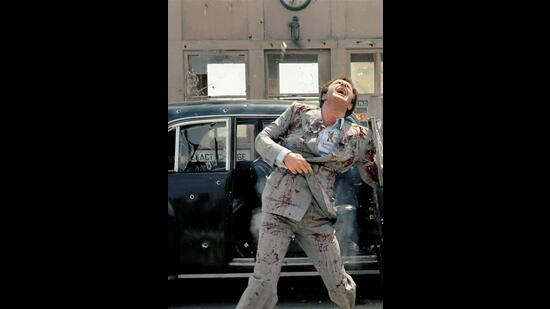
Coppola’s films do a lot with very little. This scene, for instance, had a shoestring budget of $100,000. It’s a violent, dramatic execution — Vito’s son, Sonny, is a loose cannon. When don Emilio Barzini, Vito’s longtime rival, decides to eliminate him, he knows exactly how to do it. He gets Sonny’s brother-in-law Carlo to beat his wife Connie, Sonny’s sister. Sonny is incensed and races off to their apartment alone. Barzini’s gunmen are waiting at a tollbooth en route. They shower Sonny and his car in a dramatic hail of bullets.
Actor James Caan rehearsed every shudder, as well as his iconic exit from the car as the bullets kept coming. “Look what they did to my boy,” Vito Corleone says later. It’s certainly a sight for cinema history.
.
“I know it was you, Fredo. You broke my heart. You broke my heart!”
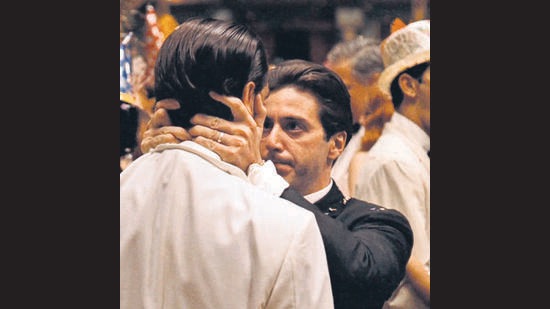
For many, Coppola’s sequel, The Godfather: Part II, was better than the original. This is the one with two storylines: Vito Corleone’s early years are set against the story of his son Michael’s ascent. There’s a lot of non-romantic kissing. The mafiosi kiss to seal a deal, to offer assurance, to greet someone they’d presumed dead. When Michael kisses his older brother Fredo, it’s a loaded gesture. Fredo, weak and far less cunning, has long resented his brother’s rise, and his own degraded role as glorified errand boy. He hatches a business deal behind Michael’s back, not knowing that it’s part of a plot to assassinate his brother.
Michael finds out. At a party in Havana, he gives his brother a kiss. This one is a warning, and a farewell. Fredo is no longer part of the family. He’s not dead yet; Michael won’t take another child from their mother. At her funeral, Michael kisses Fredo again. This time, it’s the kiss of death.
.
Mary Corleone pays the price
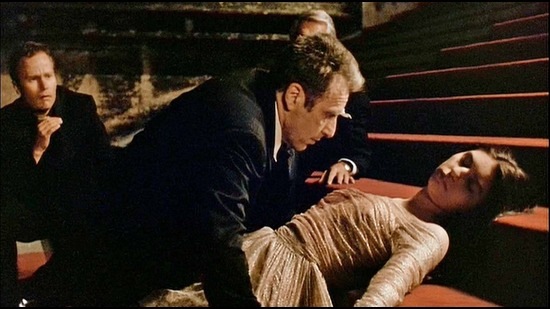
Lots of characters die in the trilogy. But perhaps the most wrenching are the deaths of Michael Corleone’s first wife, Apollonia, in a car bombing, days after their wedding; and much later, in The Godfather: Part III, the death of his daughter Mary.
Born of his second marriage, Mary is raised away from the business. When she falls in love with a cousin, a rising mob member, Michael tries hard to break them up. He offers the cousin control of the crime family, if he’ll end the romance.
In a twist of fate, it’s a gun aimed at Michael that eventually gets her. Towards the film’s end, an assassin tries to kill the don, and a stray bullet hits Mary. Michael lets out a silent scream of despair. It is one of the most masterfully executed scenes in the trilogy.
Enjoy unlimited digital access with HT Premium
Subscribe Now to continue reading

[ad_2]
Source link

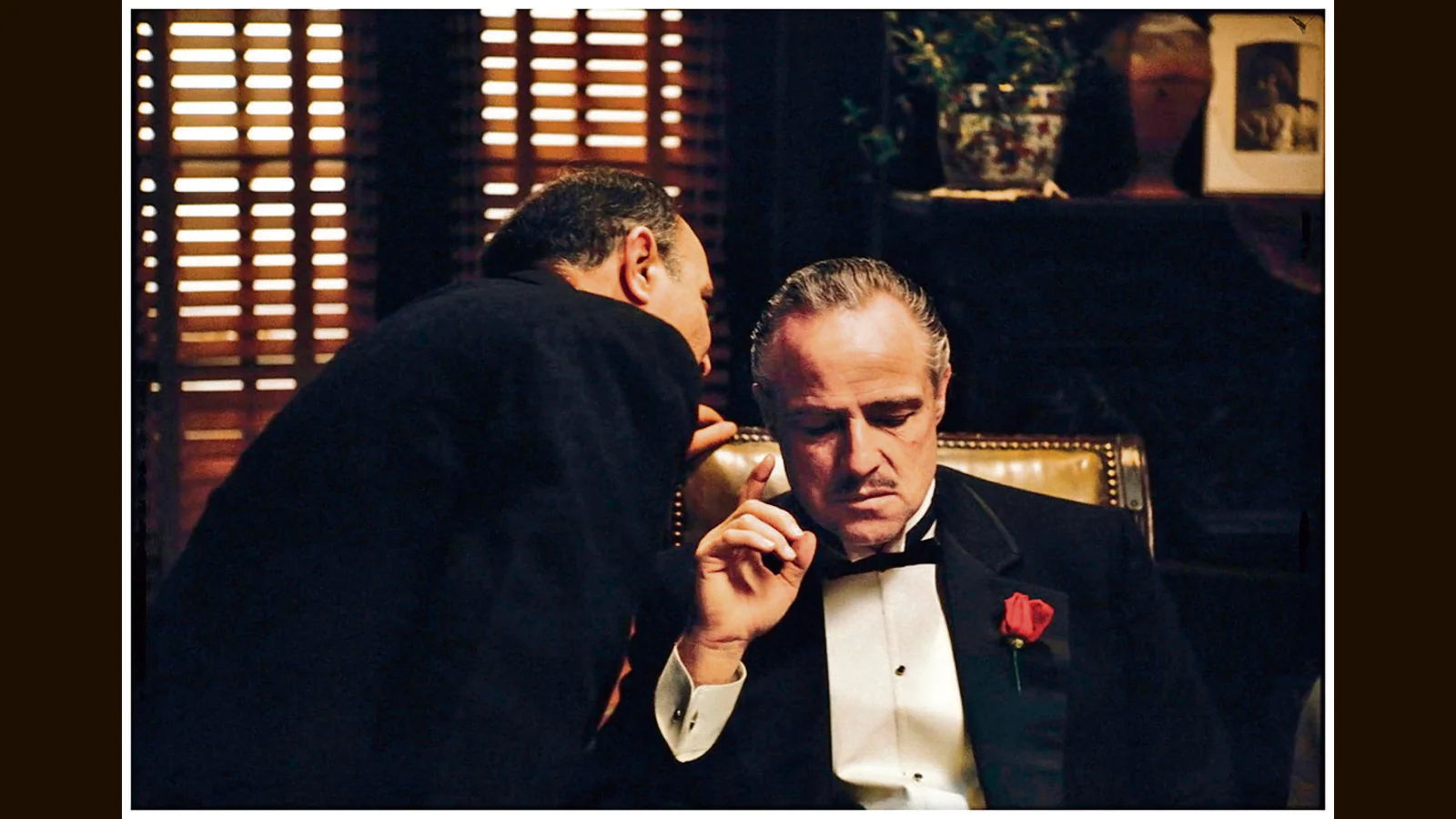

RECORMON PREFILLED SYRINGES PREFILLED SYRINGES 4000 6000 IU ROCHE PHARMA SCHWEIZ LTD cialis online 5d, which was supported by increased heart weight HW to body weight BW ratio Fig
Discovery of a novel unfolded protein response phenotype of cancer stem progenitor cells from the bone marrow of breast cancer patients does priligy work
In some men, drug cessation alone may not achieve spontaneous recovery, necessitating hormonal stimulation with selective oestrogen receptor modulators SERMs gonadotropin therapy or even the need for assisted reproductive techniques buying cheap cialis online A smile appeared on his face, and he can lasix make your blood sugar go up looked back and found no figure of Bai Tu